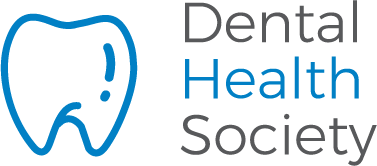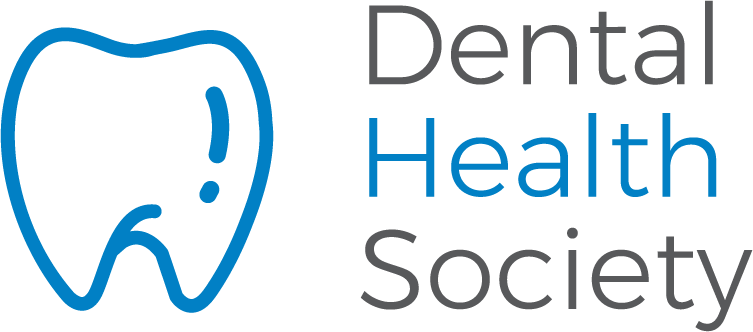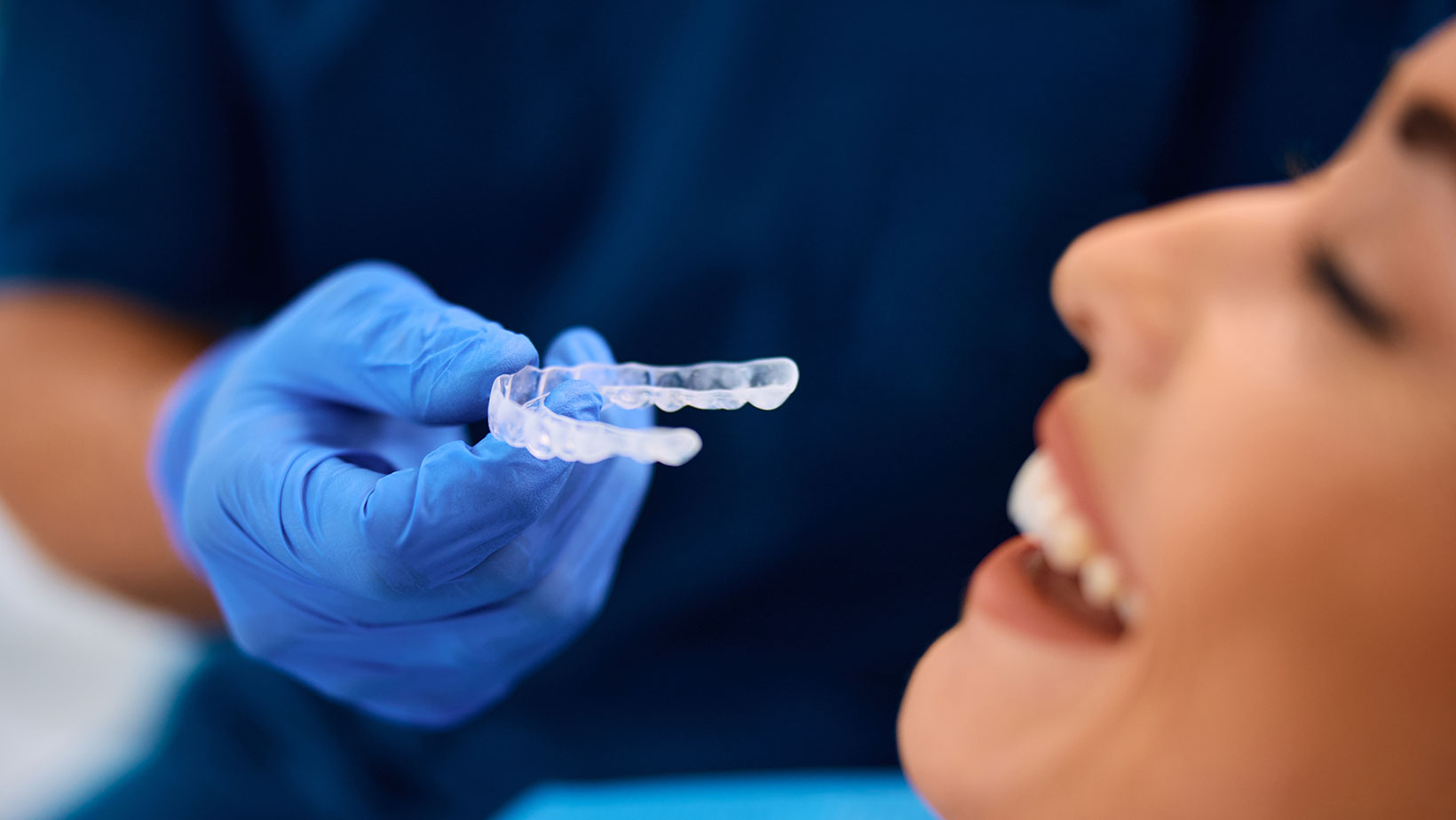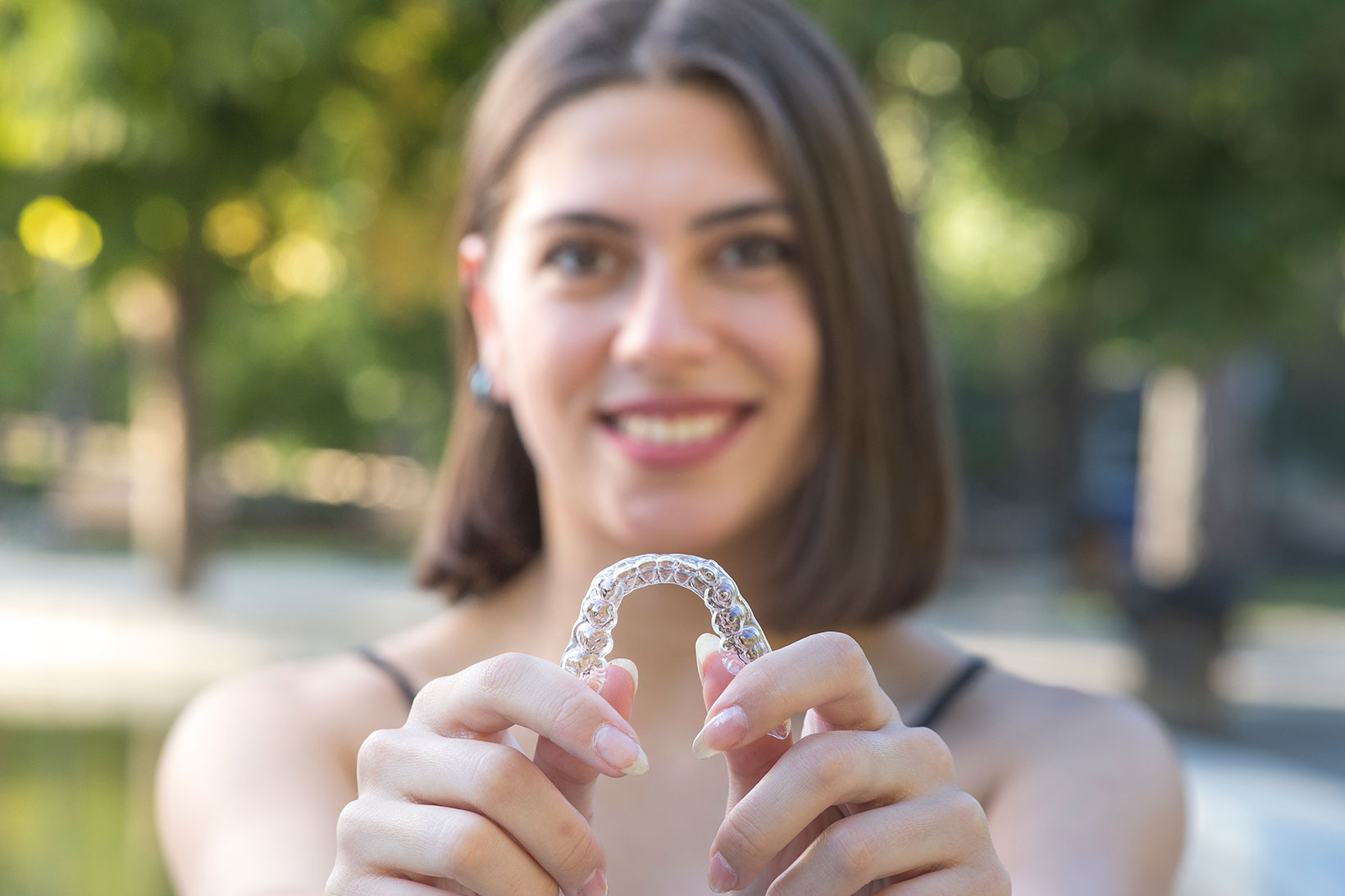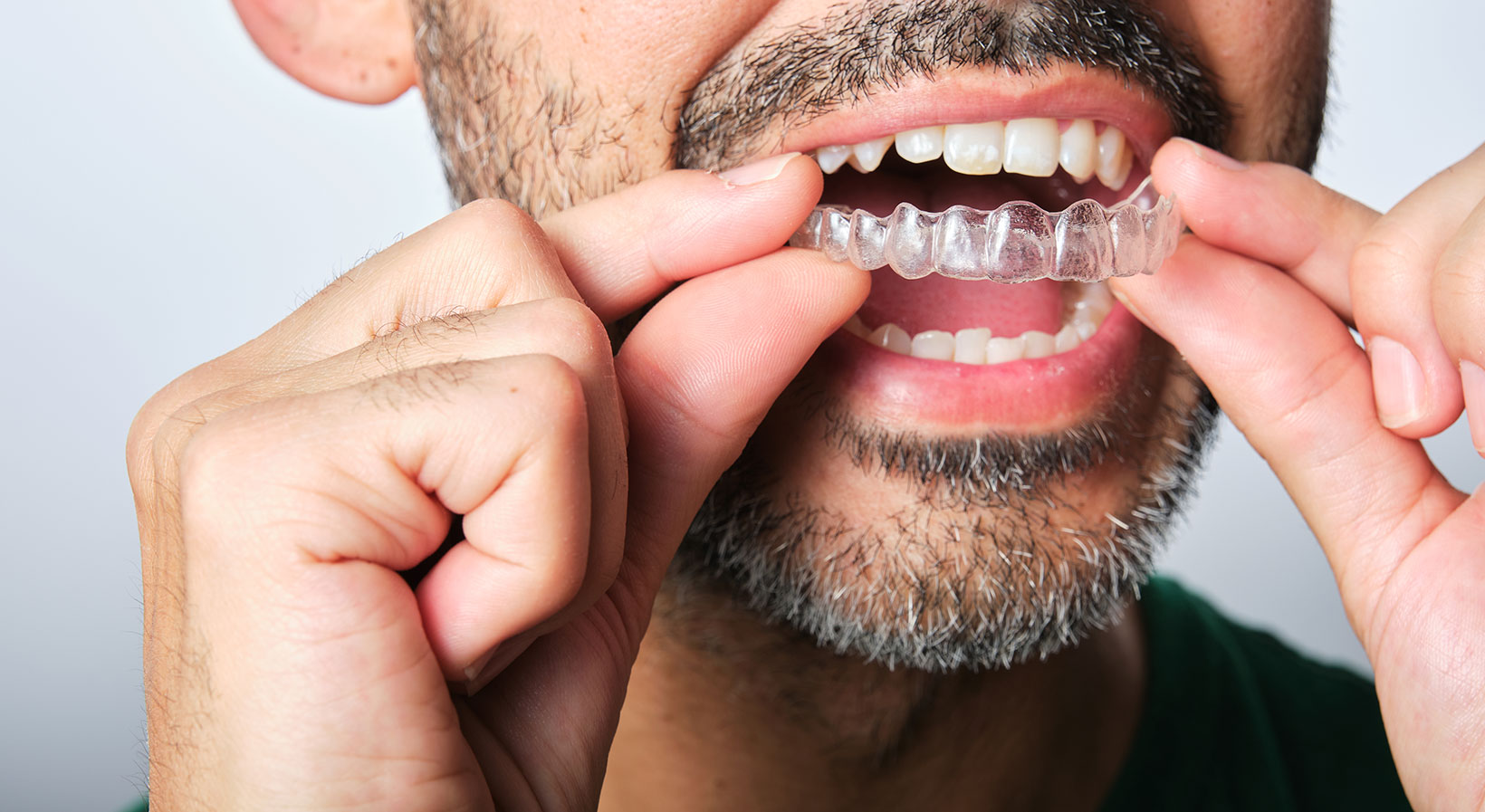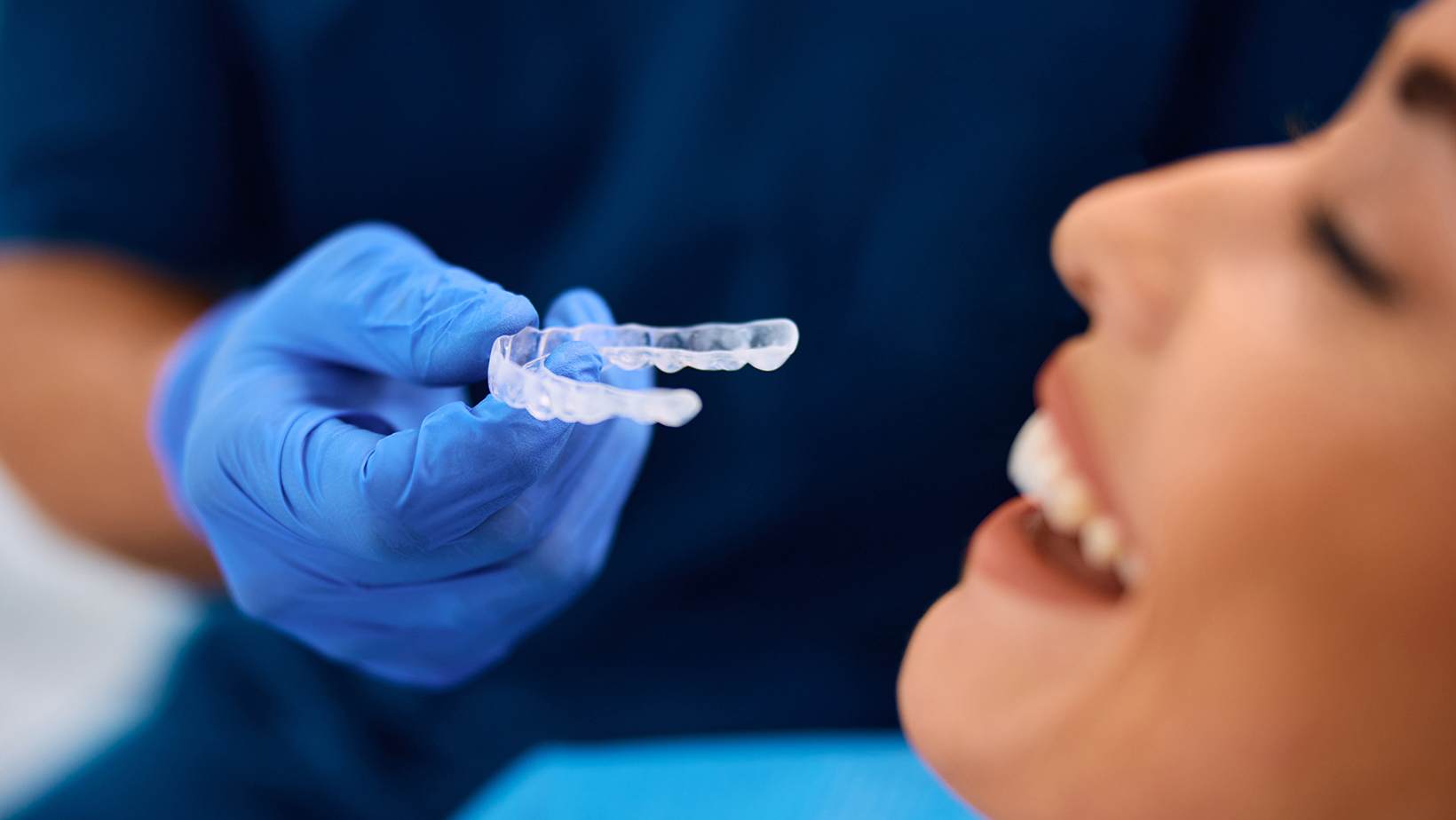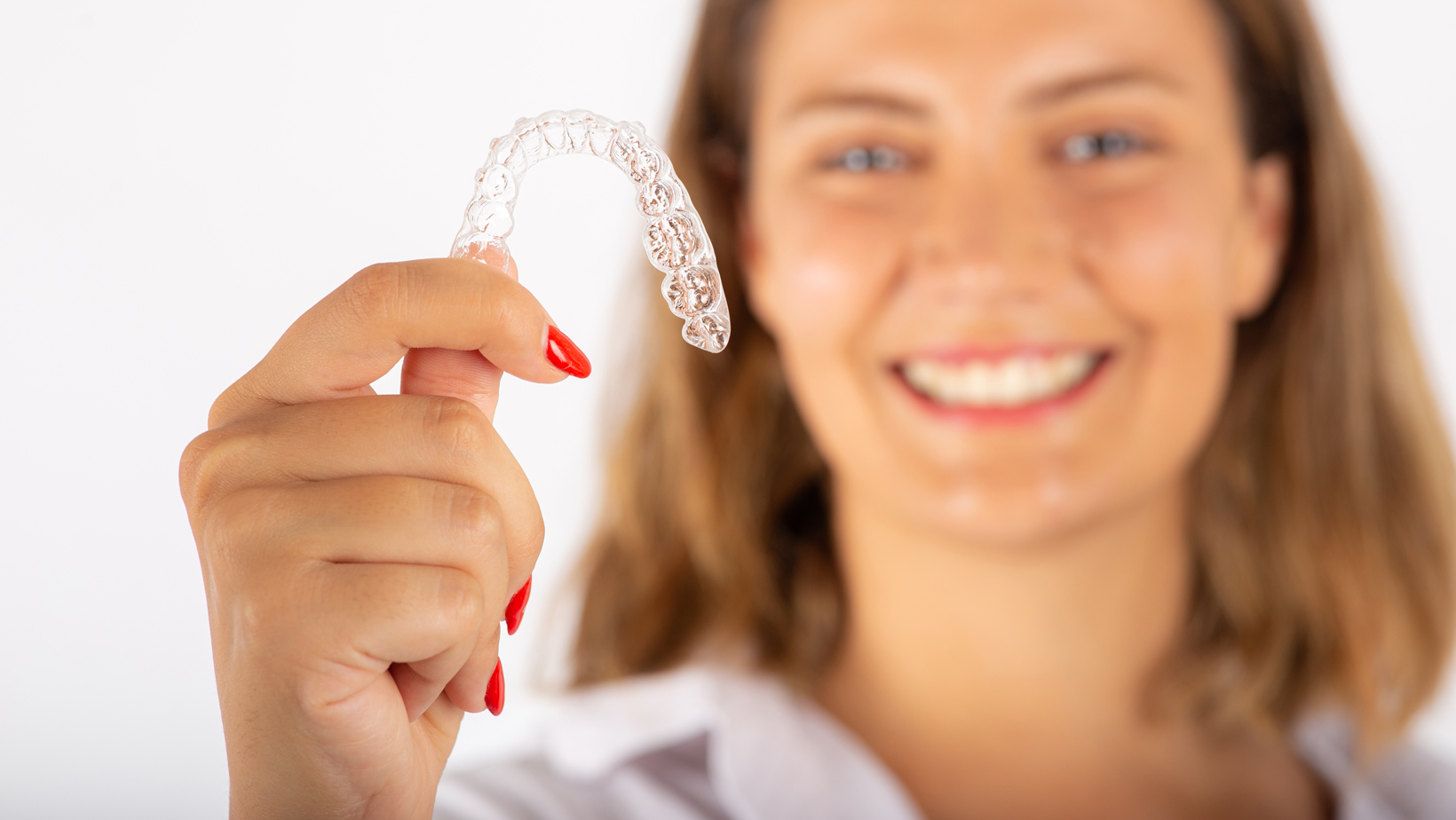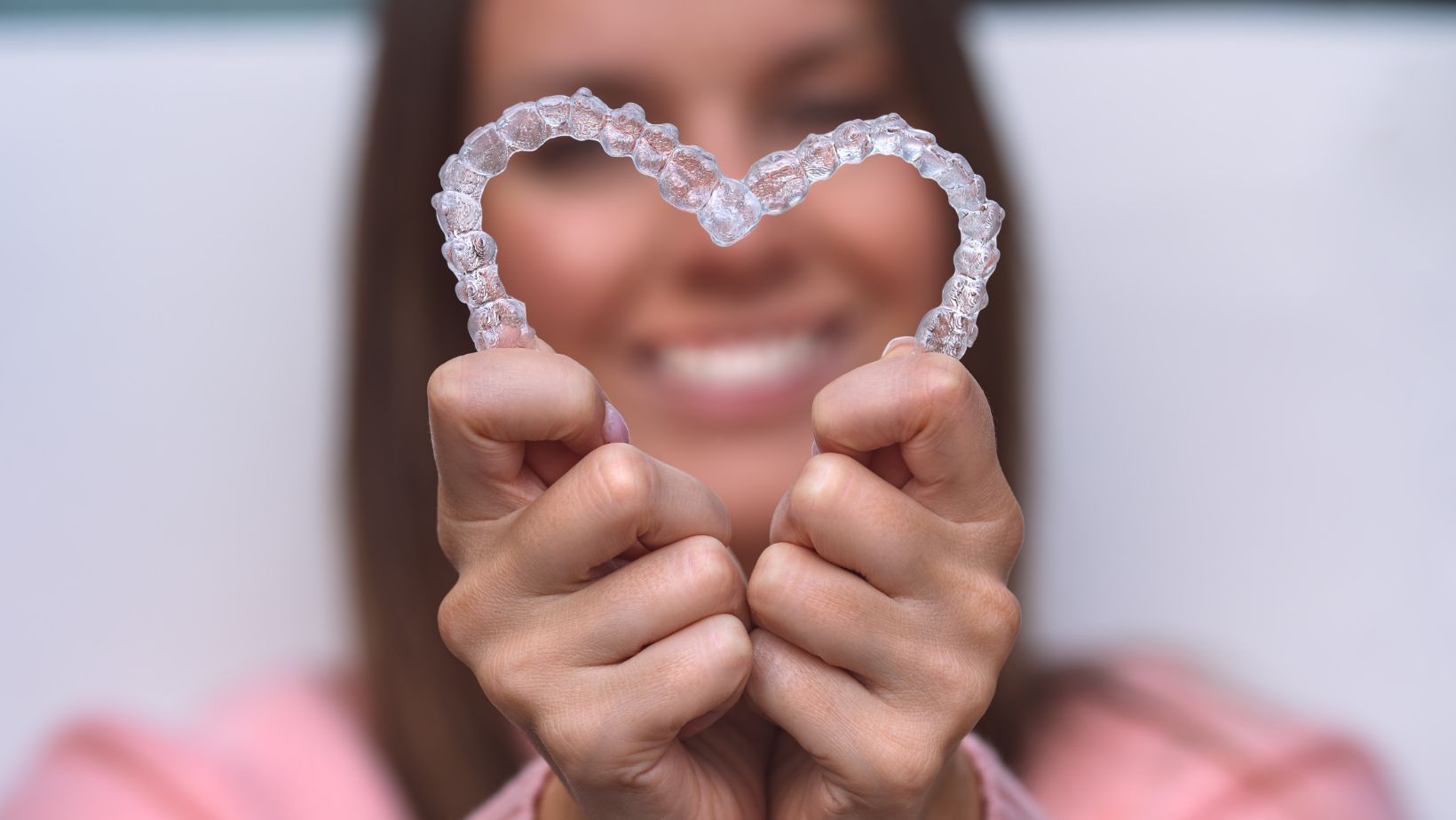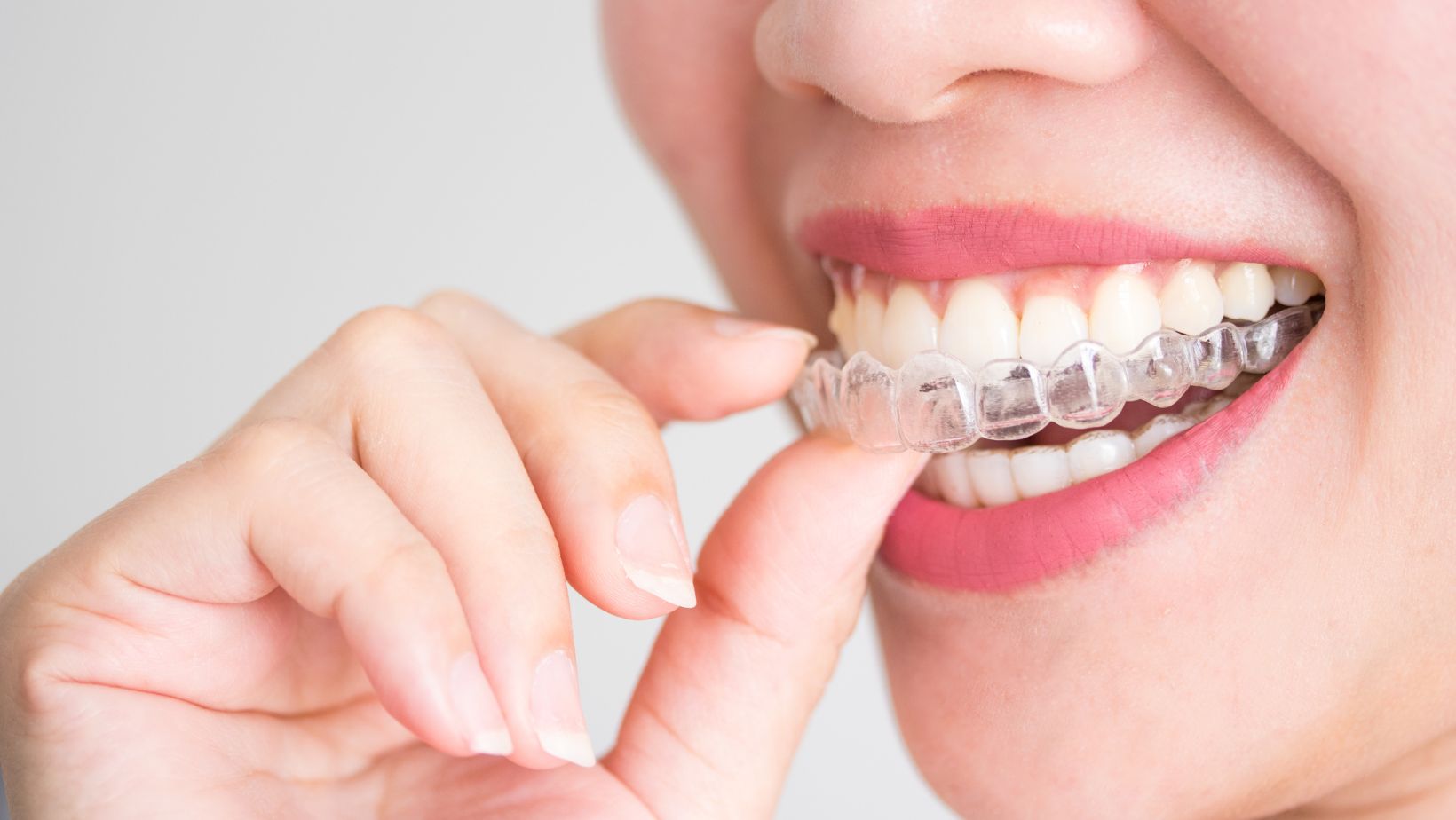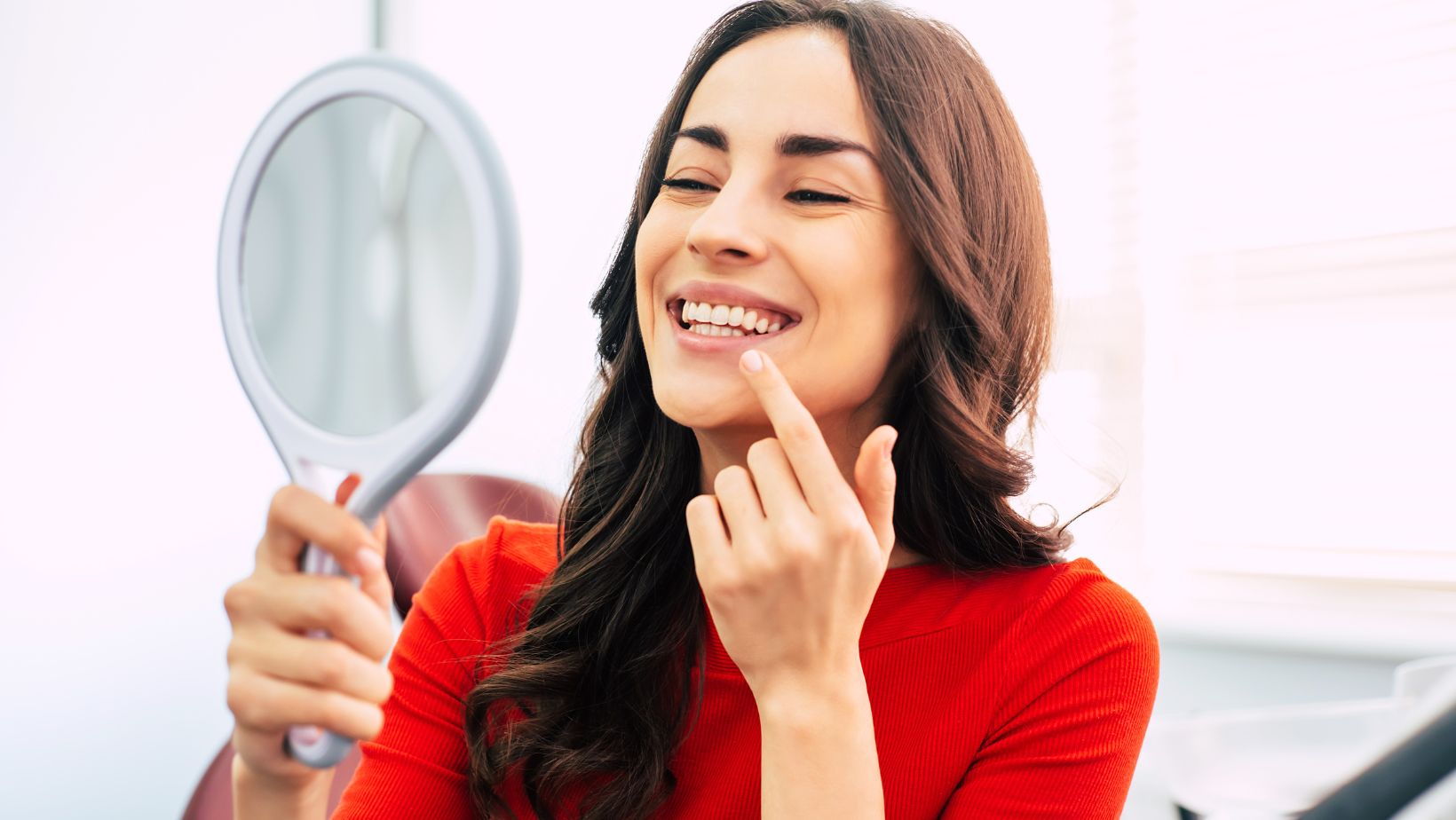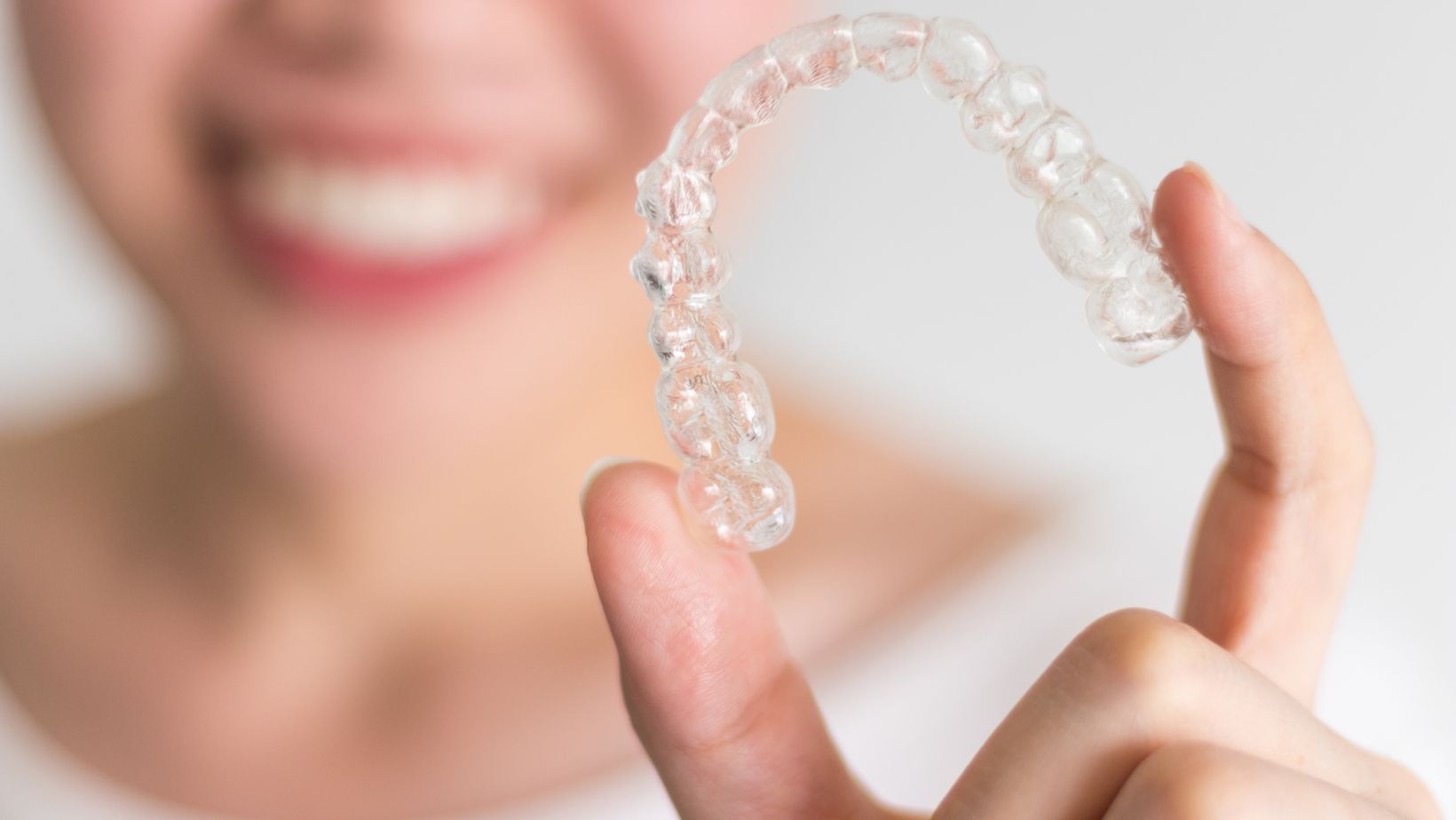When it comes to straightening teeth, patients often want to know whether Invisalign or regular braces work faster. While Invisalign often shows quicker results, the real answer depends on your specific situation. Think about straightening teeth like cleaning up a messy room. If your room only has a few things out of place, it won’t...
Category: <span>Invisalign</span>
Does Invisalign Work for Adults?
If you are an adult considering Invisalign, you may have wondered if it is recommended for someone past their teenage years. The short answer is yes! Invisalign is an excellent option for many adults looking to correct mild to moderate crowding or to fix a misaligned bite. In fact, adults often make the best Invisalign...
Invisalign Without a Dentist: Is It a Good Idea?
According to the Consumer Affairs Journal of Consumer Research, roughly 17 million people have used clear aligners like Invisalign since their introduction in 1999. The popularity of this teeth-straightening method stems from its convenience and comfort. Unlike traditional orthodontia, the clear plastic trays are barely noticeable and can be removed while eating and for short...
Why Does My Invisalign Hurt?
Invisalign has proven to be an effective treatment with overall very positive reviews when it comes to perfecting a smile. In some cases, it can even help in the treatment of temporomandibular joint issues. However, as with many dental and orthodontic treatments, patients might find that they experience some pain and discomfort. For those experiencing...
Does Invisalign Use Brackets? Top 6 Invisalign Brackets Questions Answered
When you are looking into options for straightening your or your child’s teeth, Invisalign is a popular choice. If you don’t know much about the treatment yet, maybe you are curious about how it compares to other orthodontic options, like braces. For instance, you might have wondered, “Does Invisalign use brackets?” This is a common...
Some Things You Can–and Can’t–Do With Invisalign
Choosing to straighten your teeth with Invisalign is a big step toward achieving a beautiful new smile. But even after opting for clear aligners over traditional braces, you may be wondering what you can do with Invisalign and how your everyday life will be affected. Your orthodontist will tell you what is allowed and what...
Does Invisalign Work? Patient Experiences and Expert Opinions
Traditional braces have long been the go-to option for those who want straighter teeth. But in recent years, Invisalign has become more popular. A more discreet, convenient alternative to traditional braces, Invisalign has gained popularity among both patients and orthodontic professionals. The burning question is: Does Invisalign work? Patient experiences and insights from orthodontic experts...
Shaving Teeth for Invisalign
If your teeth are crowded and you are looking into straightening them with clear aligners, your orthodontist may want to file or shave them first. Shaving teeth for Invisalign, also called enameloplasty, is a common procedure to narrow the teeth so aligners can work more effectively. It is generally safe when done by a professional,...
Can Invisalign Fix an Underbite?
Invisalign is a popular treatment for orthodontic issues like crooked teeth and gaps between teeth. Many patients choose Invisalign because its clear plastic trays are less noticeable than other options like metal braces, and they can be removed for short periods of time. But can Invisalign fix an underbite? Orthodontic treatment options for an underbite...
Will Invisalign Help with TMJ?
Temporomandibular joint disorder (TMJD or TMJ for short) causes jaw pain and discomfort for roughly 11 to 12 million adults in the United States. TMJ can be a medical issue involving the structure of the jaw, or a dental issue resulting from misaligned teeth or overcrowding. The nature of the problem determines the best course...
